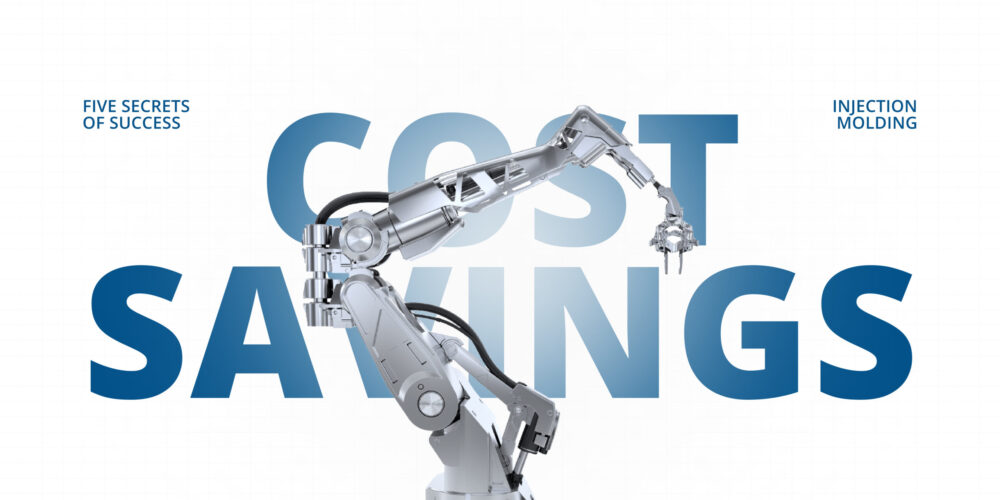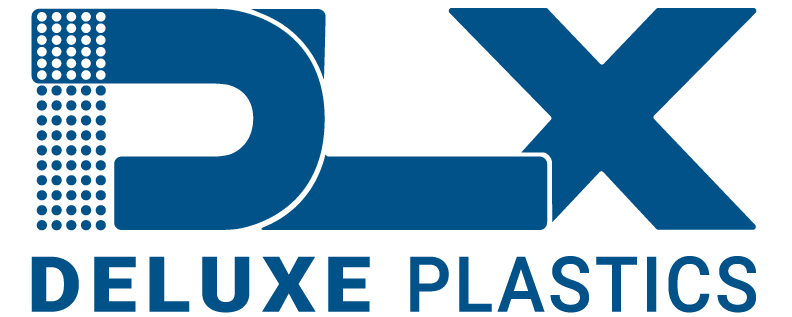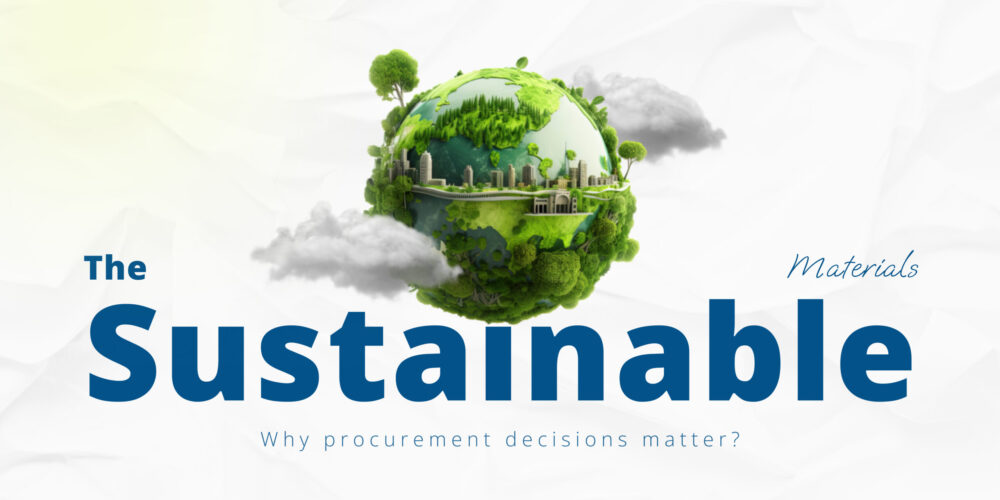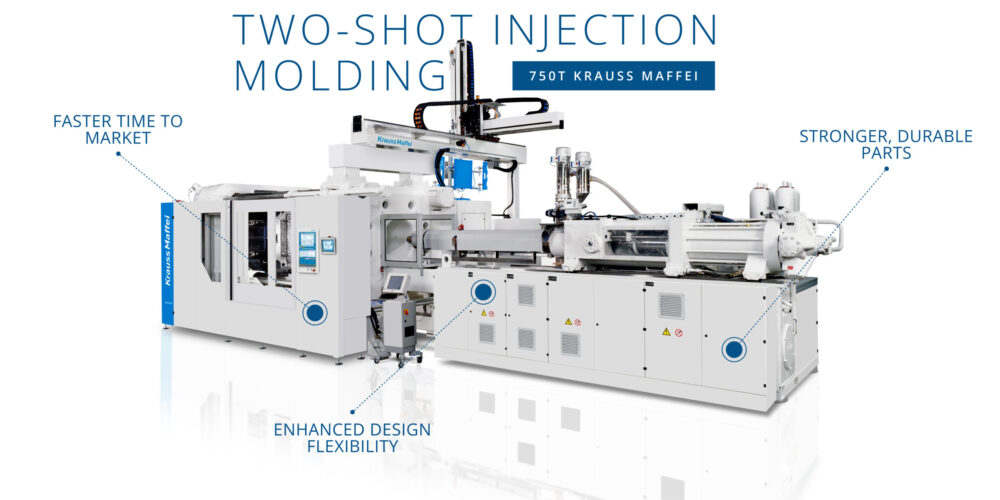A new wave of tariffs is reshaping how American manufacturers think…

Optimizing Injection Molding for Cost Savings: Key Strategies Every Engineer and Business Owner Should Know
In today’s competitive manufacturing landscape, finding ways to reduce costs without sacrificing quality is crucial for staying ahead. Injection molding, one of the most commonly used processes in manufacturing, offers several opportunities to drive efficiencies and reduce production expenses. By leveraging the latest innovations in tooling, automation, materials, energy use, and lean principles, businesses can achieve significant cost savings and improve overall profitability.
1. Tooling Optimization: Reducing Costs and Downtime
Tooling costs—especially mold design and maintenance—can be a significant portion of injection molding expenses. However, recent advances in mold design and the use of advanced materials are making it easier to optimize tooling, thereby reducing both upfront and ongoing costs. Modern mold technologies are built to last longer and withstand higher production volumes, meaning businesses can avoid costly replacements and extended downtime.
Key Benefits of Tooling Optimization:
- Reduced mold replacements: Durable molds last longer, leading to fewer changes and repairs.
- Less downtime: Fewer mold maintenance issues mean smoother production schedules.
- Lower production costs: Extended mold life directly correlates with savings on materials and labor.
By investing in tooling optimization, companies can reduce long-term costs while maintaining the high-quality standards needed in their products. Learn more about Mold Building Decisions That May Impact Cost for greater insights on tooling choices.
2. Automation & Robotics: Enhancing Speed and Precision
One of the most impactful ways to reduce costs in injection molding is through automation and the use of robotics. Automation can be applied at various stages of the molding process, from material handling to post-production operations, significantly improving production speed and precision.
Benefits of Automation & Robotics:
- Faster production cycles: Automated systems work faster than manual labor, reducing cycle times and increasing output.
- Higher precision: Robots are programmed to execute tasks with great accuracy, reducing human error and material waste.
- Lower labor costs: Robotics decrease the need for manual intervention, allowing businesses to reduce labor costs per unit.
Incorporating automation into injection molding operations leads to higher efficiency, consistency, and ultimately, greater cost savings. Plus, it boosts the overall quality of your products, ensuring that defects are minimized, which further reduces waste and rework. For more about automating your processes, check out Achieve Greater Efficiency and Accuracy with Injection Molding Automation.
3. Material Efficiency: Cutting Costs with Smart Material Choices
Material costs can quickly add up, but by choosing the right materials, manufacturers can optimize their production processes and reduce waste. Today, there is a wide range of high-performance polymers available, making it easier for companies to select materials that are cost-effective and efficient, without sacrificing quality.
How Material Efficiency Saves Money:
- Reduced waste: Using precise amounts of material in each cycle reduces excess waste and scrap.
- Lower material costs: Advanced polymers provide better properties at lower costs, especially for high-volume applications.
- Better performance: Materials optimized for specific needs can extend product life, reducing replacements and returns.
By optimizing material usage and choosing the right type of polymer, companies can cut down on both raw material costs and waste, making their processes more sustainable and profitable. Explore Selecting the Proper Thermoplastic For Your Product for deeper insights into material choices.
4. Energy Efficiency: Cutting Power Consumption and Costs
Energy consumption is a significant factor in the cost structure of injection molding operations. Fortunately, modern injection molding machines have become more energy-efficient, offering businesses the opportunity to reduce electricity costs significantly. Using machines that consume less energy per cycle not only helps with cost savings but also supports sustainability efforts by reducing a company’s carbon footprint.
Advantages of Energy-Efficient Molding:
- Lower electricity costs: Machines that use less power per cycle can lead to significant cost reductions.
- Environmental impact: Reduced energy consumption supports a company’s sustainability initiatives, aligning with growing consumer demand for environmentally friendly manufacturing.
- Long-term savings: Energy-efficient equipment often comes with a higher upfront cost but pays off in the long run through lower operational expenses.
Energy-efficient injection molding machines are a smart investment, contributing to both cost savings and a more sustainable business model. Learn more in Sustainability in Injection Molding.
5. Lean Manufacturing: Streamlining Processes for Maximum Efficiency
Adopting lean manufacturing principles can help streamline workflows, reduce waste, and optimize the entire injection molding process. Lean practices focus on eliminating inefficiencies, improving quality, and ensuring the flow of production is smooth and uninterrupted.
Key Benefits of Lean Manufacturing:
- Optimized workflows: By identifying bottlenecks and inefficiencies, companies can streamline production processes.
- Reduced waste: Lean principles prioritize waste reduction, ensuring that materials, time, and labor are used efficiently.
- Higher ROI: Companies that implement lean strategies often see faster ROI as they reduce costs across multiple areas of the production process.
Lean manufacturing isn’t just about cutting costs; it’s about creating a culture of continuous improvement that drives long-term profitability and growth. Dive deeper into How In-Mold Labeling and In-Mold Decorating Benefit Your Product for how lean strategies can enhance product lines.
How These Strategies Can Benefit Your Business
By implementing these cost-saving strategies—from tooling optimization and automation to material efficiency, energy savings, and lean manufacturing—companies can significantly improve their bottom line. Whether you’re an engineer, business owner, or purchasing professional, these solutions can be tailored to fit businesses of all sizes, offering substantial ROI even for smaller operations.
Injection molding is a versatile and efficient process, but optimizing it requires the right knowledge and tools. The good news is that businesses don’t have to go it alone. Experts in the field can guide you through these strategies and help you implement them successfully.
Ready to Start Optimizing Your Injection Molding Process?
At Deluxe Plastics, we’re dedicated to helping businesses maximize their cost-saving potential through cutting-edge injection molding solutions. Our team of experts is ready to assist you in optimizing your production process, whether you’re looking to improve tooling, integrate automation, or reduce waste.
To get more information about how these strategies can benefit your operations and drive efficiencies, reach out to our team for an initial consultation. Our experts are eager to help you unlock the full potential of your injection molding processes.



